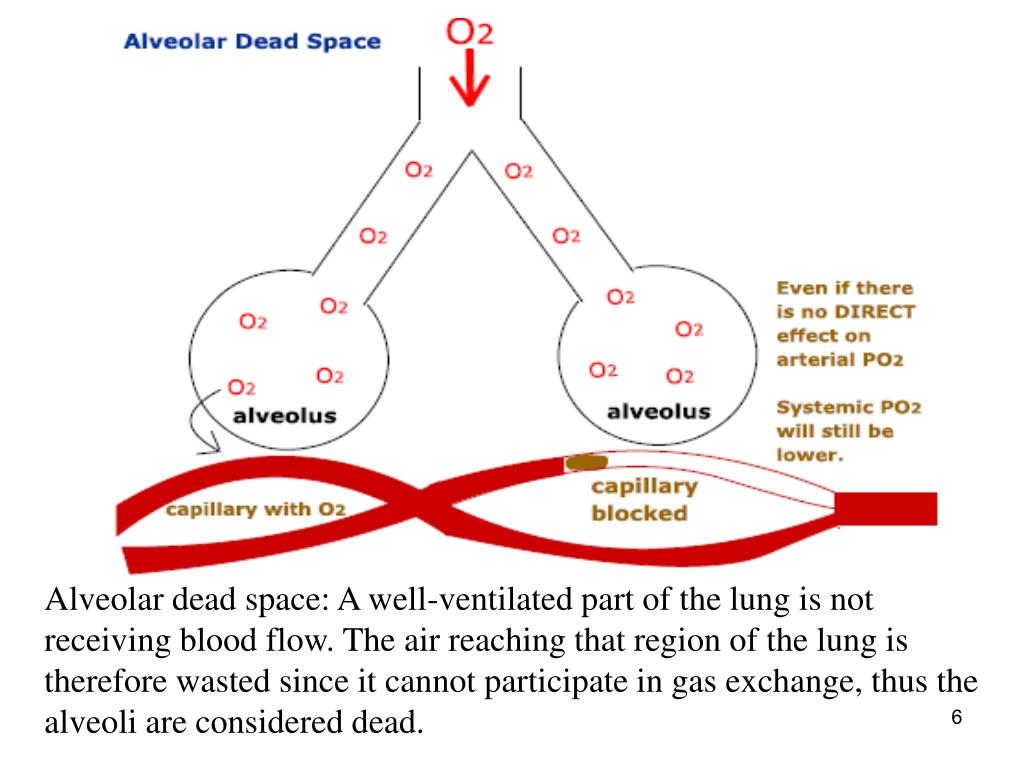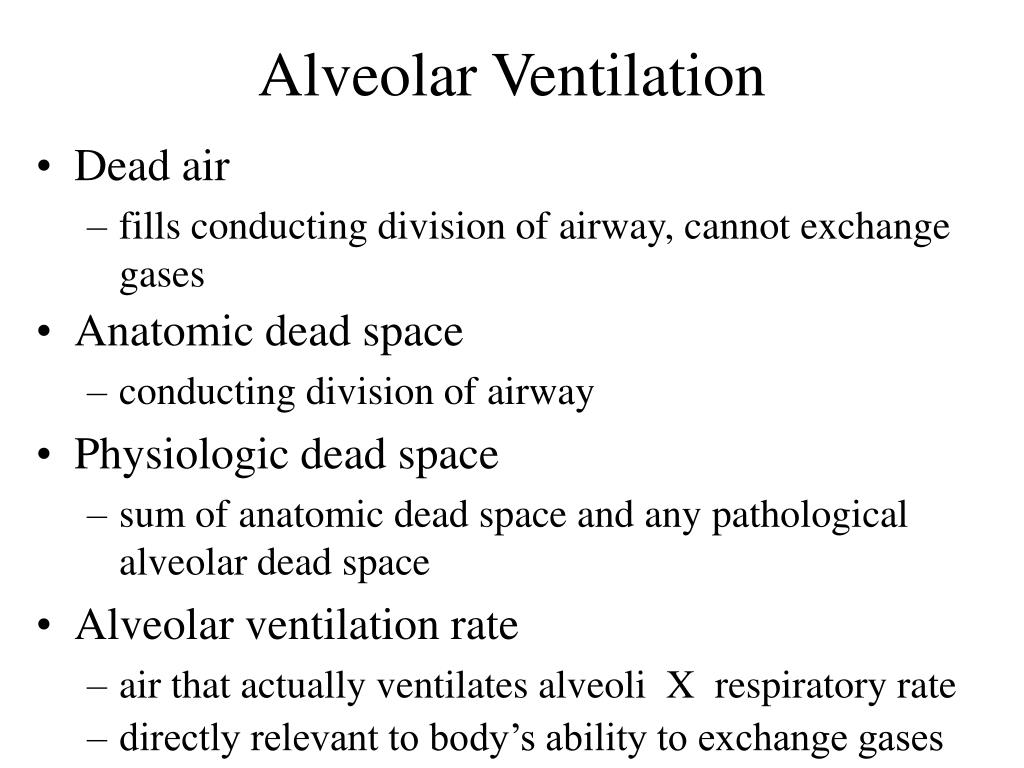
Paranasal sinuses serve to warm and humidify incoming air and are lined with a mucosa which produces mucus. Air exits the nasal cavities via the internal nares and moves into the pharynx. The floor of the nasal cavity is composed of the hard palate and the soft palate. The conchae and meatuses trap water during exhalation preventing dehydration. Conchae increase the surface area of the nasal cavity, disrupting the flow of air as it enters the nose and causing air to bounce along the epithelium, where it is cleaned and warmed.

The nasal septum is formed anteriorly by a portion of the septal cartilage and posteriorly by the perpendicular plate of the ethmoid bone and the thin vomer bones.Įach lateral wall of the nasal cavity has three bony projections: t he inferior conchae are separate bones, and t he superior and middle conchae are portions of the ethmoid bone. The nares open into the nasal cavity, which is separated into left and right sections by the nasal septum ( Figure 12.2). When discussing the nose, it is helpful to divide it into two major sections: The major entrance and exit for the respiratory system is through the nose.

Anatomy (Structures) of the Respiratory System The Nose and its Adjacent Structures


 0 kommentar(er)
0 kommentar(er)
